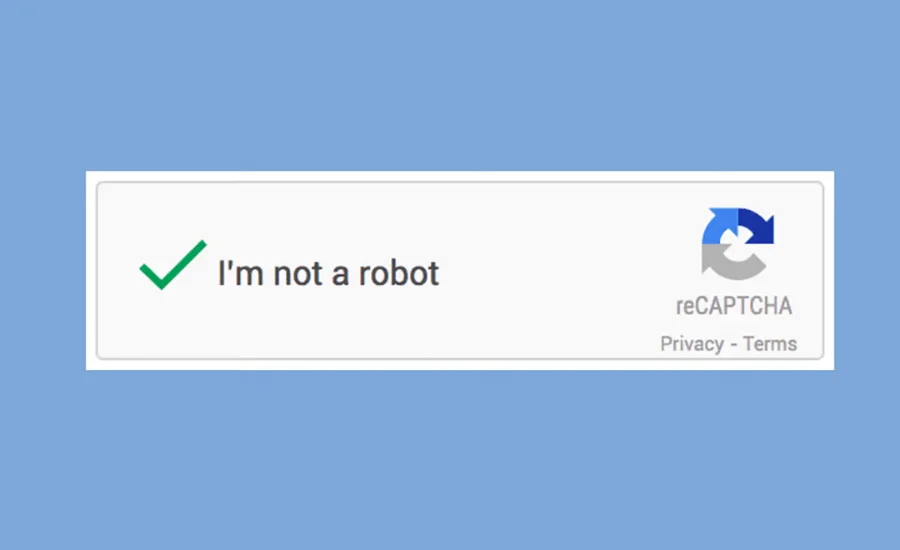Introduction to Web Application Security
The increasing digitization of services has made web application security a critical concern for businesses around the globe. From small businesses to large enterprises, ensuring that web applications remain secure is a priority. While many understand the importance of security, its complexities can be daunting. This article delves into the various security solutions available, focusing on their distinct roles and offerings. One such crucial tool in this domain is the WAF, which provides specialized protection for web applications against myriad threats.
Web applications are instrumental in today’s business operations, facilitating everything from online sales to customer service interactions. Given their importance, they are common targets for cyberattacks. Malicious actors often exploit vulnerabilities within web applications to gain unauthorized access to sensitive data, making robust security measures necessary and indispensable. Businesses must adopt a comprehensive approach to web application security to safeguard against these persistent threats and maintain user trust.
The Importance of Distinguishing Security Solutions
Given the myriad of online threats, distinguishing between different security solutions is more crucial than ever. For instance, while web application firewalls (WAFs) and traditional firewalls might appear similar at first glance, they function differently and address different challenges. By understanding these nuances, organizations can adopt a more tailored approach to security.
Traditional firewalls serve as the gatekeepers of network traffic, controlling inbound and outbound data based on predetermined security rules. They are adept at thwarting unauthorized access attempts and blocking malicious traffic, playing a vital role in network protection. Conversely, WAFs focus on protecting web applications and mitigating risks associated with application-layer vulnerabilities. This targeted protection is crucial for preventing many common web-based attacks, such as SQL injection and cross-site scripting (XSS).
Web Application Firewalls: Protecting Against Application-Level Threats
Web application firewalls, commonly called WAFs, are designed to protect web applications by filtering and monitoring HTTP traffic between them and the Internet. Unlike traditional firewalls, which serve as a gateway between trusted and external networks, WAFs specifically target vulnerabilities within web applications. This makes them indispensable for detecting and mitigating application-layer attacks such as SQL injection, cross-site scripting (XSS), and other types of malicious input.
How Web Application Firewalls Work
WAFs operate by inspecting traffic that targets the web application. By examining various HTTP/S requests, they can identify patterns indicating malicious activity. When a threat is identified, the WAF can take several actions, such as blocking the request, alerting administrators, or redirecting traffic. This proactive approach helps prevent potential data breaches and maintain the integrity of the web application.
Moreover, WAFs provide a dynamic shield for web applications by adapting to emerging threats. Advanced WAFs utilize machine learning algorithms and behavioral analysis to predict and neutralize potential attacks before they cause harm. This vigilance is critical to staying ahead of cybercriminals, who continuously develop new attack vectors to exploit web application vulnerabilities.
Traditional Firewalls: The First Line of Defense
On the other hand, traditional firewalls act as the first line of defense by controlling incoming and outgoing network traffic based on predetermined security rules. They operate at the network layer and are designed to prevent unauthorized access to or from private networks. By setting up perimeter defenses, traditional firewalls can effectively block a wide range of threats, making them an essential component of a multi-layered security strategy.
Benefits of Using Traditional Firewalls
One of traditional firewalls’ main advantages is their ability to provide broad protection against various attacks. They can block unauthorized access, prevent data exfiltration, and ensure that malicious traffic is kept out of the network. With the proper configuration, traditional firewalls can be a robust gateway that filters traffic based on IP addresses, domain names, and predefined security protocols.
Traditional firewalls also play a pivotal role in maintaining a network’s overall health and performance. By monitoring and managing traffic flows, they can prevent network congestion and ensure that legitimate traffic is prioritized. This capability is precious for businesses that rely on seamless connectivity to deliver services and maintain productivity.
Integrating Security Measures for Comprehensive Protection
No single security measure is enough to thwart all potential threats. A robust web application security strategy should integrate multiple defense layers, including WAFs and traditional firewalls. Combining these tools helps ensure that vulnerabilities at different layers are addressed. Comprehensive security strategies include additional measures such as intrusion detection systems (IDS), secure coding practices, and regular security audits.
An effective security strategy leverages the strengths of various tools and technologies to create a comprehensive defense framework. For instance, an IDS can complement WAFs and traditional firewalls by detecting and responding to suspicious activities within the network. Secure coding practices further enhance this framework by minimizing vulnerabilities during the application development, making it harder for attackers to exploit weaknesses.
Best Practices for Enhancing Web Application Security
Businesses should adhere to fundamental best practices to better protect web applications. Essential steps include regularly updating all software components, conducting frequent security assessments, and training staff on security awareness. Robust access controls and encryption can further protect data integrity and confidentiality.
Adequate web application security also involves taking a proactive approach to potential threats. Organizations should implement continuous monitoring to detect and respond to suspicious activities promptly. By staying informed about the latest security trends and threats, businesses can anticipate and mitigate risks before they escalate. Regularly reviewing and updating security policies ensures they remain effective in the face of evolving cyber threats.
Conclusion
As cyber threats continue to evolve, so must the strategies and tools employed to defend against them. Businesses can significantly enhance their defenses by comprehensively understanding and implementing distinct security solutions like web application firewalls and traditional firewalls. Prioritizing a multi-layered approach to security will protect web applications and safeguard businesses’ trust and reputation in the digital age.



